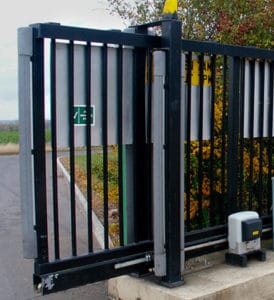Keep Your Dogs Safe

Dogs have been “man’s best friend” for thousands of years. Since dogs watch over their owners, it’s only right that dog-loving humans keep their pets safe in return. And now, dogs need our extra attention more than ever. With a little thought, you can easily create a safe home for your precious pups.
As you know, dogs have a keen curiosity. Take a look at your home from your puppy’s perspective, and you’ll likely find all sorts of interesting items to check out. You may not realize that dogs first sniff, then mouth things to inspect them. So you must keep the following out of your dog’s reach:
- insect traps
- phone and electric cords
- ashtrays and cigarettes
- open doors and windows
- rubber bands
- housecleaning chemicals
- candles
- Christmas tree ornaments
- uncovered trash cans
- medications
- foodstuffs like: chocolate and grapes
- plastic bags
- batteries
- anti-freeze
- valuable items, like jewelry, photos, and books
Don’t forget the great outdoors when inspecting your dog’s area. Dogs, especially puppies, find plants fun playthings. They love to dig in the dirt or pull branches off shrubs. Because of this, make sure the plants in and around your home aren’t a health risk to your dog. The following common house and garden plants are toxic to dogs:
- English ivy
- dieffenbachia
- mistletoe
- philodendron
- elephant ear
- caladium
- boxwood
- holly berry
- azaleas
- chinaberry trees
- oleander
- wisteria
- hydrangea
Other ways to protect your pup include keeping him or her safely confined to your home. Wandering dogs are more likely to be injured by vehicles or meet up with unkind people.
Make sure your yard is fenced, and the fencing is tall enough and strong enough to keep your dog from roaming. Many dogs try to dig out under the fence, so you must regularly check for gaps around the fence perimeter. Teach everyone in your family to carefully close doors and keep gates latched.
Additionally, your pet must wear a collar with an identification tag at all times in the event he or she gets lost. In fact, most cities require that all dogs wear a collar and tag. This way, it’s more likely your dog will be returned home safely to you. You may also consider microchipping, where a small silicone chip containing your contact information is painlessly inserted under the dog’s skin. Most animal shelters and veterinarians automatically scan lost pets in search of a microchip. However, an identification tag will be useful if an average citizen finds your puppy.
If you reside in an area prone to natural disasters, keep an emergency pet supply kit handy. Include a week’s worth of food and water, as well as any medication your dog needs. Don’t forget a photo of your pet, too, in case you’re separated at any time.



